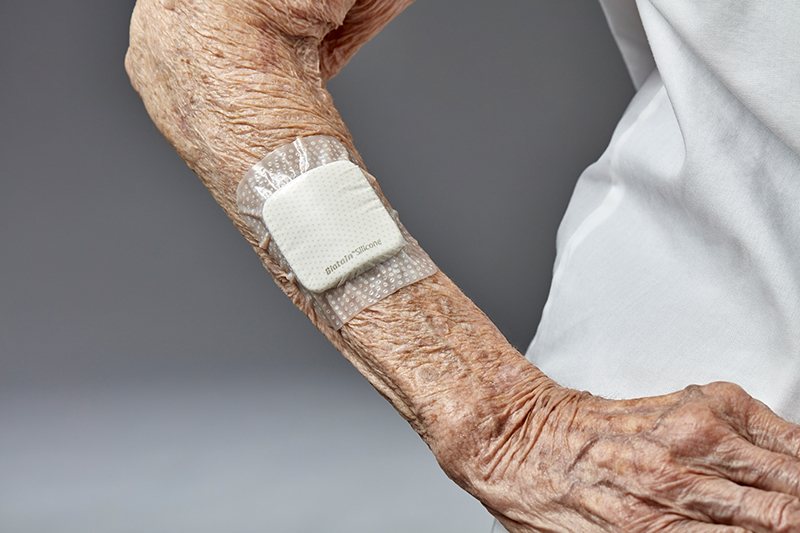Understanding venous leg ulcers and how to manage them
In this section, you’ll learn about:
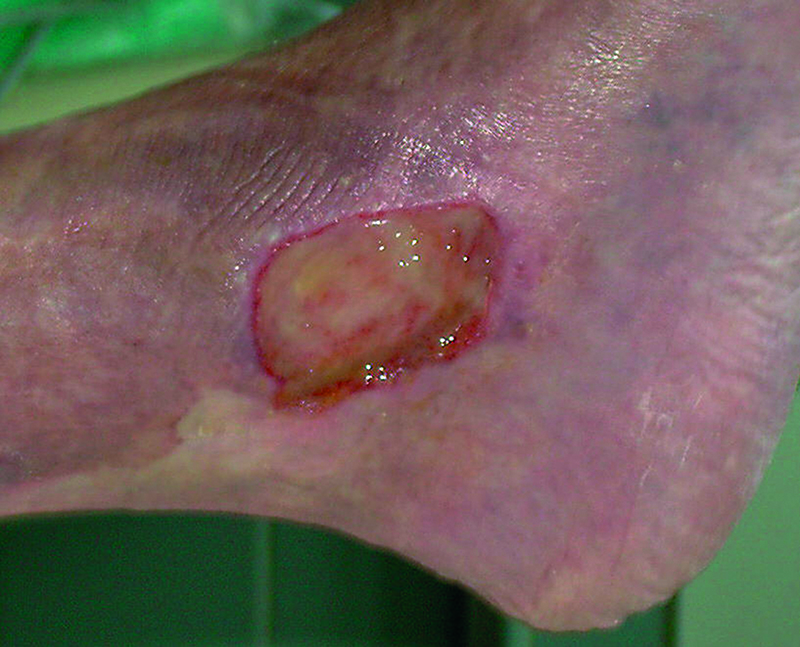
What is a venous leg ulcer and why does it occur?
Avenous leg ulcer (VLU) is an open skin wound, or lesion, and that shows little progress towards healing within 4-6 weeks of when it initially occurred. Venous leg ulcers usually occur between the ankle and the knee (medial side of the lower leg) and are the most common type of chronic lower limb wounds.1
Venous leg ulcers are caused by disease or disrupted vein function, also known as chronic venous insufficiency (CVI) and ambulatory venous hypertension. Chronic venous insufficiency usually results from damage to the valves in the leg veins (for example, varicose veins) or as a result of venous thrombosis.1 Ambulatory venous hypertension occurs in patients with varicose veins, when there is an inadequate decrease in venous pressure while walking and exercising.
To see how chronic venous insufficiency can lead to venous leg ulcer formation, watch the video below.
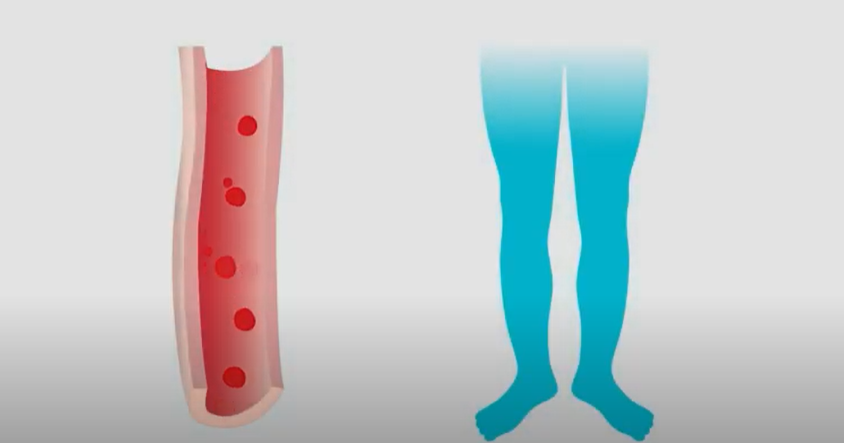
This video shows how the slowing of the blood flow through the veins can lead to oedema, or excess fluid in the body. Oedema can lead to the skin breaking down and forming an ulcer.
There are several clinical factors associated with venous leg ulcers:2,3
- Varicose veins
- Deep vein thrombosis and post-thrombotic syndrome
- Family history
- Multiple pregnancies
- Obesity and smoking
87-year-old patient with a venous leg ulcer that has been present for 20 months without any progression.
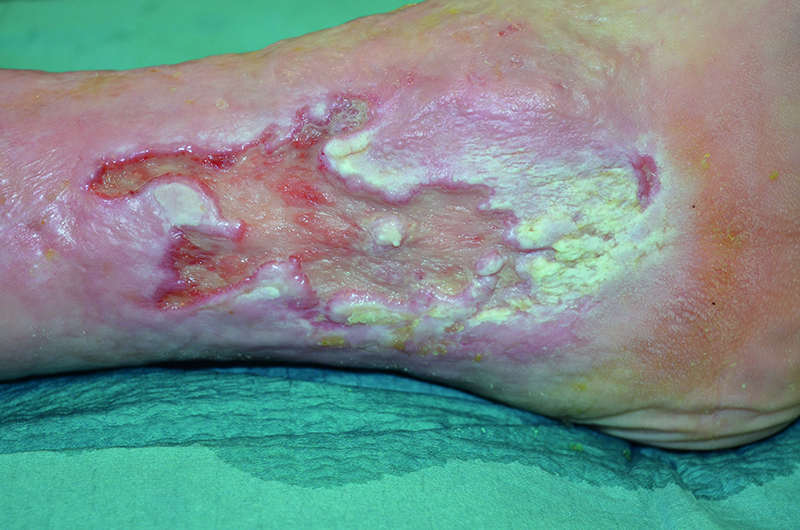
Day 0
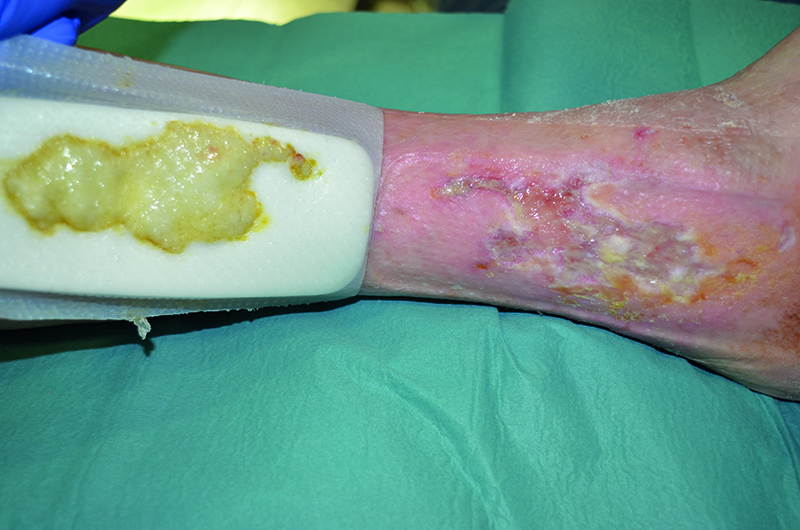
Day 2
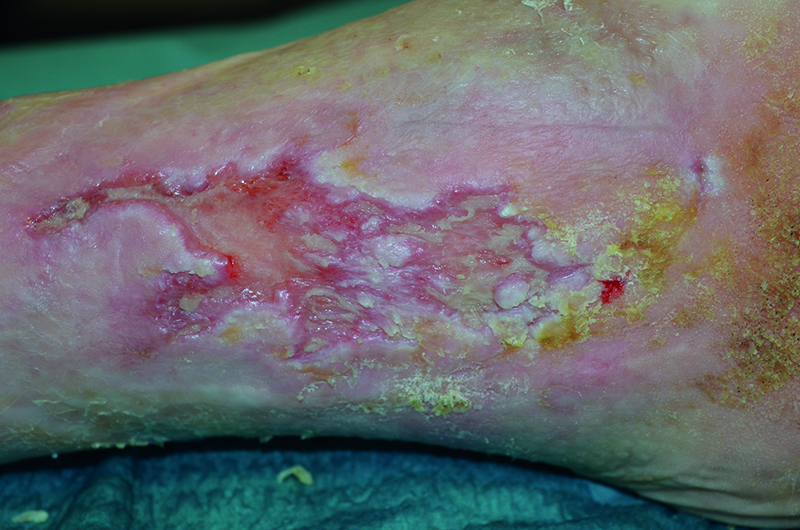
Day 14
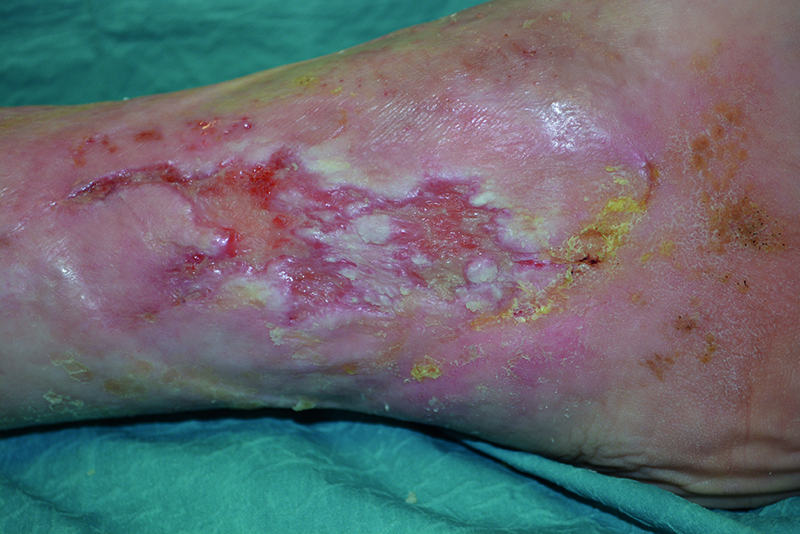
Day 30
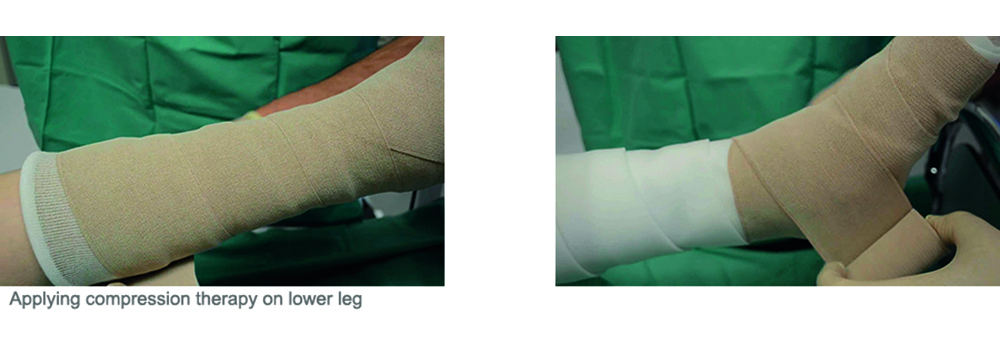
How do I manage venous leg ulcers?
Researchshows that compression therapy is the key to managing venous leg ulcers. Compression therapy increases healing rates when compared to non-compression therapy. And after healing, it reduces the rate of recurrence. You can consider all lower limb wounds that are either caused by venous disease or have venous disease as a part of a mixed aetiology, as potential candidates for compression therapy.1
If you’re looking for more specific details on how to manage venous leg ulcers, click here.
Did you know?4
- About 1% of the western population will have a VLU during their lifetime
- At any given moment, approximately 0.1-0.3% of the population have an active VLU?
- Between 26 and 69% will have a recurrent VLU within 12 months?
- Community nurses spend anywhere from 25-65% of their time on wound care?
References
- Harding K, et al. Simplifying venous leg ulcer management. Consensus recommendations. Wounds International 2015
- Wounds UK (2019) Best Practice Statement: Addressing Complexities in the Management of Venous Leg Ulcers. London: Wounds UK. Available to download from: www.wounds-uk.com
- Diehm, C., Schuster, A., Allenberg, J.R. (2004). High Prevalence of Peripheral Arterial Disease and Co-Morbidity In 6880 Primary Care Patients: Cross-Sectional Study. Artheroclerosis; 172: 95-105
- Nelson, A. and Adderley, U. (2016). Venous Leg Ulcers. Clinical Evidence 01, 1902
You may also be interested in…
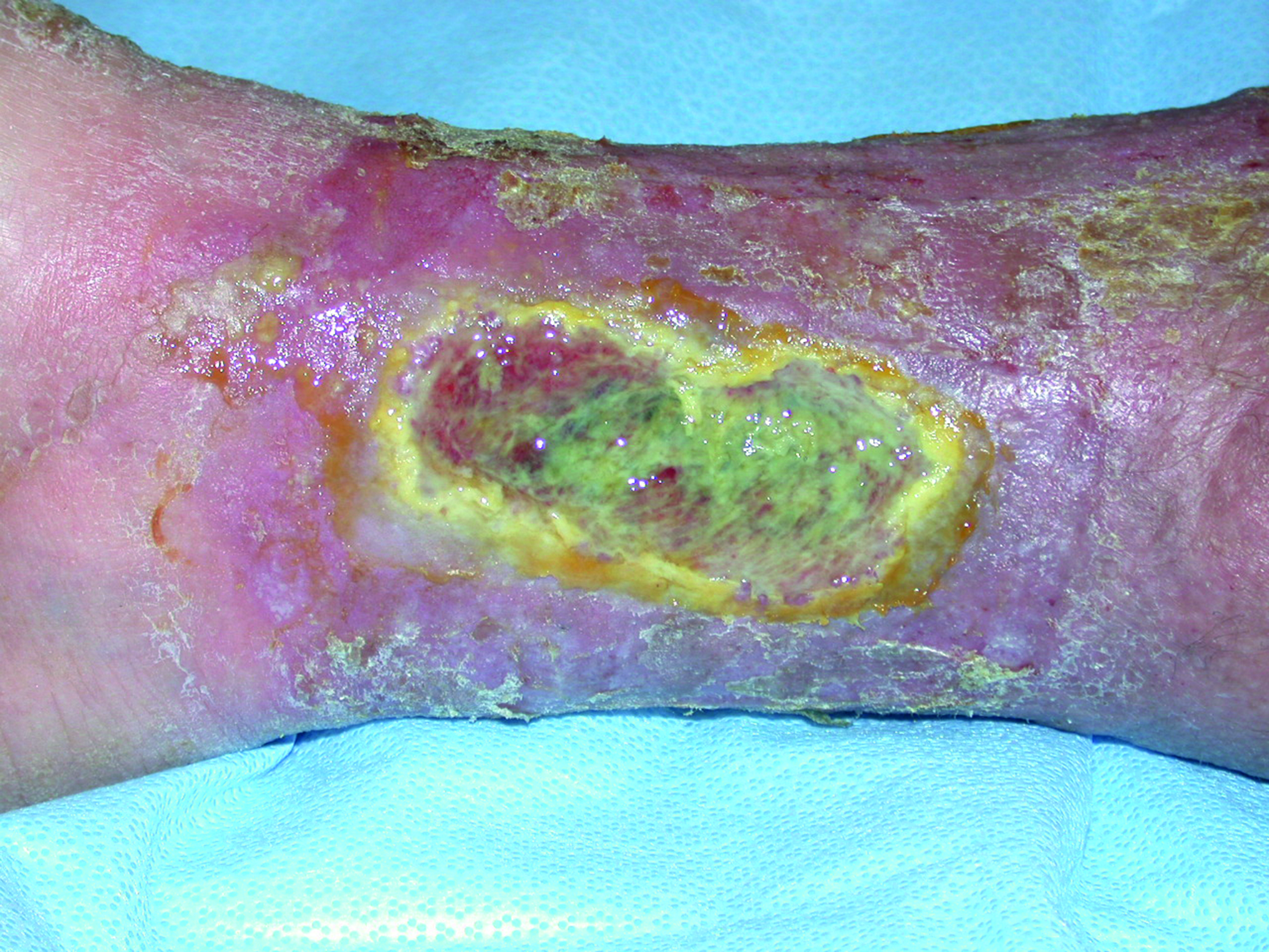
HEAL e-learning
Learn about leg ulcers and how to manage them with this EWMA-endorsed course.
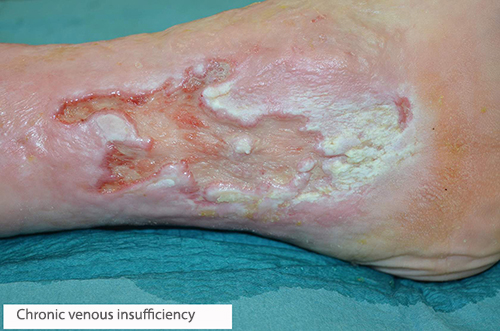
Patient case
Learn how a venous leg ulcers was managed with a silicone foam dressing.
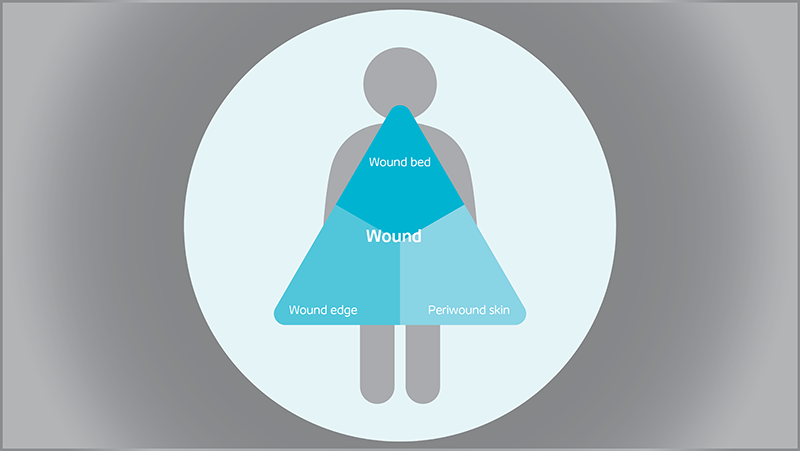
Triangle of Wound Assessment
Conduct a holistic and systematic wound assessment with our tool.

